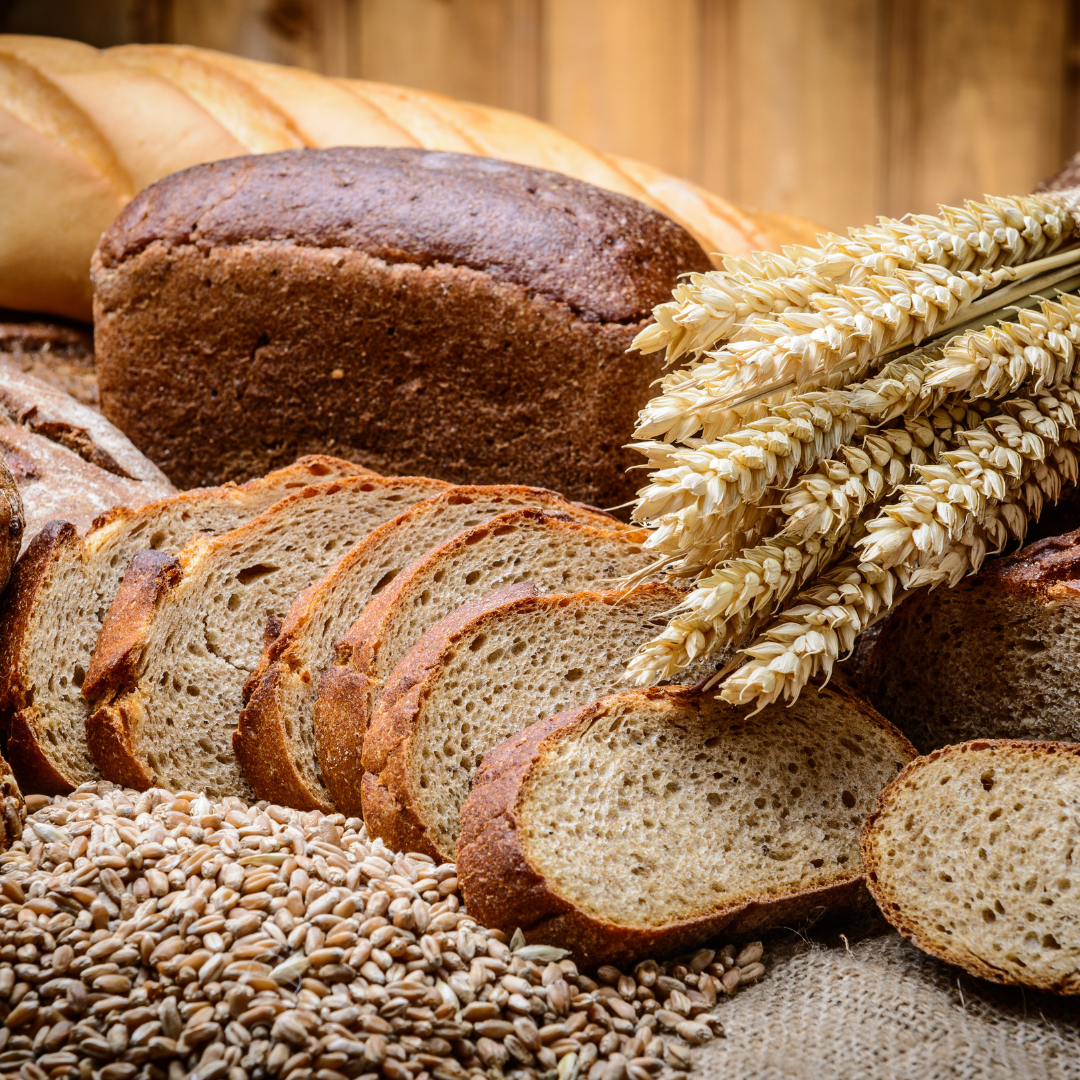As anyone with type 1 diabetes (T1D) knows, managing life with an autoimmune disorder can be challenging. Individuals with T1D must be regularly monitoring their blood sugar, adjusting insulin based on food consumption and exercise, and ensuring they have necessary supplies should their blood sugar drop too low.
But did you know that individuals with type 1 diabetes have a greater risk of developing celiac disease, another autoimmune disorder? The general population has between a 0.3% and 1% chance of developing celiac disease, while this risk increases from 2% to 16% for a person with T1D. Trying to manage the demands of both diseases can be stressful. Some people are genetically predisposed to these diseases, but they do not always develop one or both.
While T1D leaves the body unable to naturally control blood glucose levels due to the destruction of insulin-producing beta cells, celiac disease interferes with the body’s ability to effectively absorb nutrients due to damage to the small intestines caused by gluten. People with celiac disease must avoid both food and nonfood sources of gluten, which often comes in the form of wheat, barley, rye, or triticale.
Due to the increased risk of having both conditions, the American Diabetes Association recommends that individuals with T1D be tested for celiac disease at the time of diabetes diagnosis, as well as again two years later, followed by a five-year repeat screening. If celiac disease symptoms develop, or there is a family history, testing may be conducted more frequently.
Individuals with T1D and celiac disease must be cautious about what they eat, ensuring that they count carbs and dose insulin properly, but also that they select naturally gluten-free foods such as fresh produce, lean proteins, beans, and low-fat dairy. Cross-contamination can occur when preparing meals if food items with and without gluten are handled in the same space or with the same pots or utensils. It is essential to use a separate space and equipment to prepare gluten-free foods.
However, eating a gluten-free diet can help manage blood glucose levels because it enables the body to absorb nutrients better and reduce inflammation. In addition, eating whole foods, as opposed to processed foods, can also reduce carb intake and decrease the amount of insulin needed.
To help minimize the stress of managing diabetes and celiac disease, participation in support groups is encouraged. This can help individuals feel less isolated, access additional information and resources, and deal with the challenges of finding celiac-friendly restaurants and food options. Patients should also work closely with healthcare providers such as their diabetes care provider, a diabetes educator, a registered dietitian, a gastroenterologist, and even a pharmacy provider. Having family and friends who understand how to manage diabetes and celiac disease can help as well to provide additional support and encouragement.
There is currently no cure for T1D or celiac diseases, but researchers continue to expand their understanding of these diseases and search for effective therapies and treatment options. The Diabetes Research Connection (DRC) is committed to supporting innovative scientific inquiry until diabetes is eliminated. To achieve this goal, the DRC provides critical funding to early-career scientists focused on studying multiple aspects of type 1 diabetes. Learn more about these efforts and how to donate by visiting http://localhost/drc.
Please DONATE NOW so DRC can keep bringing you credible, peer-reviewed T1D news and research.
Thank you




